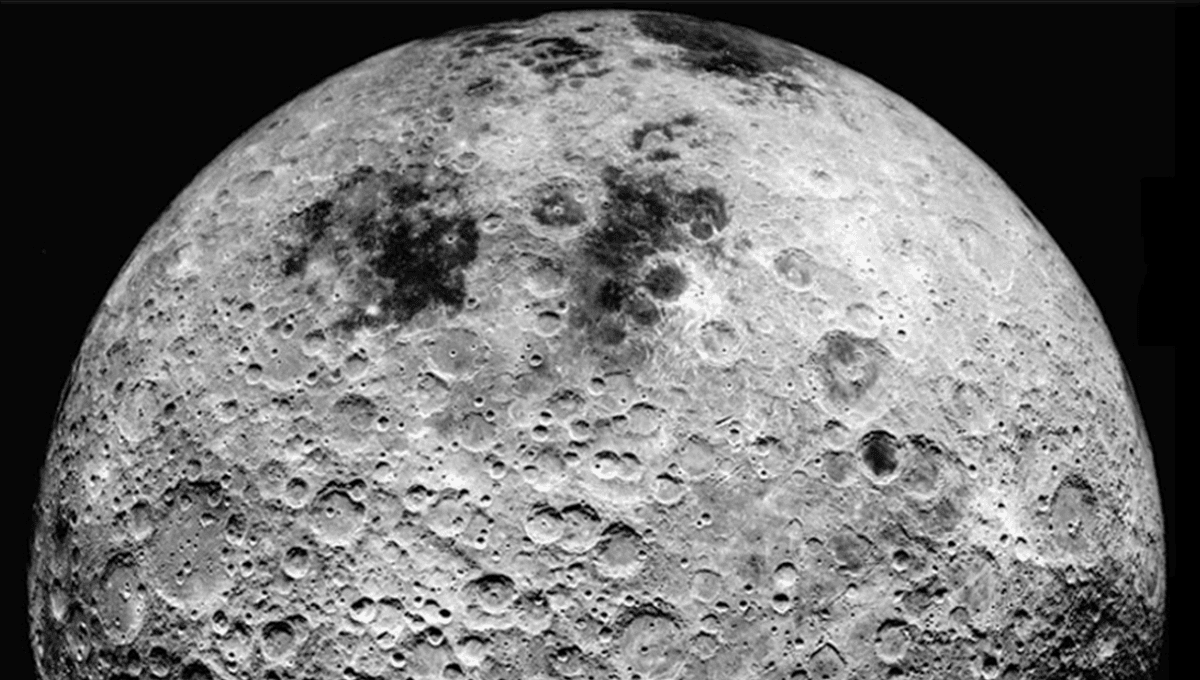
Private Spacecraft Sends Stunning Footage from the Moon’s Far Side
A private spacecraft on an ambitious mission has delivered remarkable footage of the far side of the Moon as it approaches its landing site in the Mare Crisium region, scheduled for March 2.
Blue Ghost: NASA’s Innovative Lunar Mission
The Blue Ghost lander, funded through NASA’s Commercial Lunar Payload Services (CLPS) initiative and operated by Firefly Aerospace, is executing critical maneuvers to achieve a lower orbital path around the Moon. These maneuvers are essential for ensuring a smooth landing where the spacecraft will deploy ten scientific and technological instruments onto the lunar surface. During its trajectory adjustments, Blue Ghost has successfully captured breathtaking images of the Moon’s hidden hemisphere.
The Firefly Aerospace team reported, "Today at 3:09 AM, the Firefly team completed a lunar orbit maneuver that lasted three minutes and 18 seconds. This adjustment transitioned the lander from a high elliptical orbit to a significantly lower one. Shortly after this maneuver, Blue Ghost documented stunning footage of the Moon’s far side from an altitude of approximately 120 kilometers."
Captivating Moon Footage Released
Accompanying this endeavor are stunning visuals of Blue Ghost’s approach to the Moon. Both the spacecraft’s journey and the captivating images it has returned add excitement and anticipation as the mission progresses.
Onboard Scientific Instruments for Lunar Exploration
Blue Ghost carries an array of sophisticated instruments designed to conduct important scientific experiments. According to NASA, "The mission aims to explore heat flow from the Moon’s interior, analyze plume-surface interactions, and map crustal electric and magnetic fields. It will also capture X-ray images of Earth’s magnetosphere." This initiative includes technology tests focused on regolith sampling and adherence, Global Navigation Satellite System capabilities, radiation-hardened computing, and dust mitigation using electrodynamic fields.
These experiments are critical for future lunar exploration efforts. Notably, on March 14, Firefly plans to capture high-definition imagery of a total eclipse as Earth obscures the Sun from the Moon’s perspective. Following this event, Blue Ghost will also document the lunar sunset on March 16, providing insights into how lunar dust is influenced by solar activity and contributes to a glow at the lunar horizon, a phenomenon first observed by astronaut Eugene Cernan during the Apollo 17 mission.
Investigating Lunar Dust Phenomena
The glow seen on the lunar horizon is believed to result from dust being lifted by electrostatic forces. While visually striking, this dust could pose challenges for astronauts on future missions. The European Space Agency notes, "The Moon lacks an atmosphere and is exposed to continuous solar radiation, which causes a charge to build up in the soil." This charge can be strong enough to keep dust suspended above the surface, increasing the likelihood of it entering equipment or being inhaled by astronauts.
As Blue Ghost orbits and prepares for its descent to the lunar surface, NASA anticipates gathering valuable data on this intriguing phenomenon. The mission team is mindful of planned communication blackouts as the spacecraft transitions behind the Moon. While on the side facing Earth, they will maintain data transmission and finalize plans for the next maneuver, keeping them on track for the anticipated landing on March 2.









